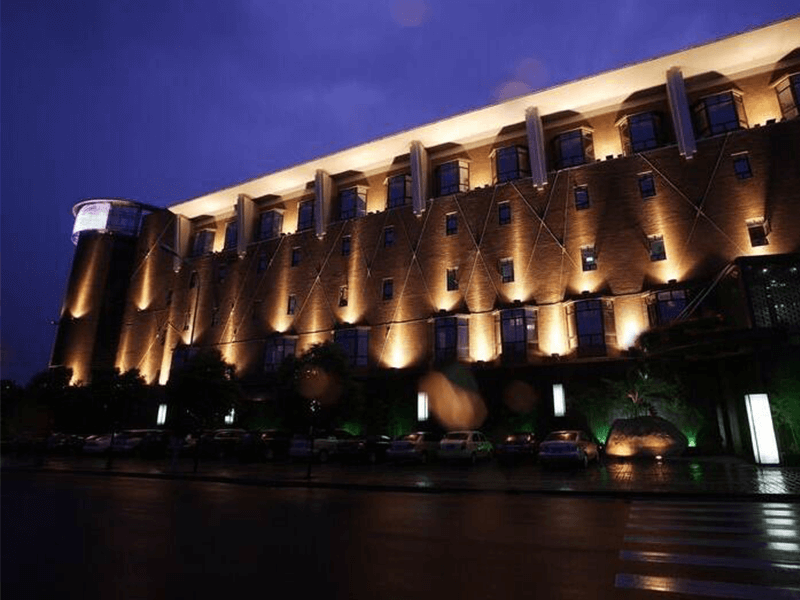A. Characteristics
1. Size and Capacity
As distinguished by their characteristics, conference rooms are designed to accommodate larger groups of individuals. They typically feature expansive spaces capable of seating many participants, ensuring that these rooms can cater to extensive gatherings and events. The size and capacity of a conference room are essential considerations, aligning with the need to host substantial audiences for various professional engagements.
2. Technology Infrastructure
A hallmark of conference rooms is their advanced technology infrastructure. These rooms have state-of-the-art audio-visual systems, including large projection screens, high-quality sound systems, and cutting-edge presentation tools. Integrating advanced technology facilitates seamless communication during large-scale presentations, ensuring the content is delivered effectively to all participants, regardless of the room’s size.
3. Formality and Ambiance
Conference rooms exude a formal and professional ambiance. The interior design is often characterized by executive furnishings, creating an environment conducive to high-level discussions and decision-making. The formality of conference rooms is further enhanced by sophisticated décor elements, ensuring that the overall atmosphere aligns with the gravity of executive and large-scale professional interactions.
B. Primary Functions
1. Large-scale Presentations
One primary function of conference rooms is to serve as venues for large-scale presentations. These presentations may involve keynote speakers, industry experts, or company executives delivering important messages to a substantial audience. Conference rooms’ size and technological capabilities make them ideal settings for conveying crucial information to a diverse and extensive audience.
2. Board Meetings and Executive Discussions
Conference rooms are specifically designed to host board meetings and executive-level discussions. These rooms’ formality and executive ambiance create an appropriate setting for top-level decision-makers to deliberate on strategic matters, conduct board meetings, and engage in critical discussions that shape the organization’s direction.
3. Collaborative Decision-Making
Another critical function of conference rooms is to facilitate collaborative decision-making processes. These rooms provide a centralized space where teams and executives can gather to collaboratively analyze data, share insights, and collectively make informed decisions. The formal setting fosters an environment conducive to focused and constructive collaboration.
C. Design Considerations
1. Seating Arrangements
Conference room seating arrangements are meticulously planned to ensure visibility and engagement among participants. The layout often includes a central focal point, such as a conference table, surrounded by ergonomic chairs. This design encourages a structured seating arrangement that supports effective communication and interaction during formal discussions.
2. Audio-Visual Requirements
Given the emphasis on large-scale presentations, conference rooms are equipped with comprehensive audio-visual requirements. This includes high-definition projectors, large projection screens, and advanced sound systems. The design considerations prioritize clear visibility and audible communication, which is essential for conveying complex information to a diverse audience.
3. Integration of Smart Technologies
Modern conference rooms integrate intelligent technologies to enhance efficiency and collaboration. This may include video conferencing capabilities, interactive whiteboards, and other smart devices that streamline communication and information-sharing. The integration of these technologies aligns with the dynamic nature of professional interactions in conference settings.
